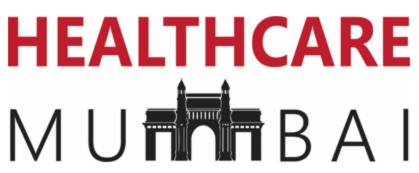- The author of this article is Vinay Phadnis, Co-founder, and CTO, Shubu.ai
Speech recognition and voice-to-text are increasingly used in medical reporting as they yield impressive results.
With voice recognition technology, healthcare professionals can free up time spent on data entry by voice-typing their documentation on the go and provide better focus and individual care to the patients more, thereby improving the documentation quality and completeness.
Technology makes it possible for people from different areas to communicate with healthcare professionals in their local languages. They are programmed to work real-time in understanding user intent and enabling accurate voice outputs in various Indian languages and also recognise speech and translate it to text in no time.With the help of medical translation and transliteration, the communication gap between the professionals and patients can also be overcome. Communication in preferred languages, from appointment scheduling to pre-appointment activities and post-appointment care, allows both parties to not only stay on track but also pave the way to comfort, convenience, and efficiency. The end result can be seen after redesigning the engagement for better patient care with AI-enabled translation, localization, transliteration, and voice suite services, the healthcare field can reach more people and areas.
What is transliteration? One may ask. Transliteration is the act of writing words or letters using letters from a different alphabet or language to help people read and understand better (Source: Oxford Learners Dictionary).
With this concept in mind, and the technology at the tip of our fingers, anyone will be able to comprehend communication in their comfort zone and in languages. Healthcare is a universal right, and every individual should be able to understand their problems and convey them to the professionals in an effortless and unchallenging manner, be it in any language. With the voice-to-text add-on, patients can use their preferred language to speak, and the professionals can use the technology to translate the same into their preferred language as well. Many times, communication gaps lead to various complications, but Voice AI technology can solve this problem and facilitate a brighter future.
Additionally, when the world swiftly transitioned towards digital platforms due to the pandemic, digital healthcare or telehealth also found its way into it. Healthcare professionals work very efficiently with the help of Voice AI technology. Speech-to-text conversion software aids healthcare organisations in improving internal efficiency. When voice to text translation software is used, it collects all of the information from the phone conversation and updates the patient’s Electronic Medical Records (EMR). This guarantees that the patient’s record is available for sharing right away. The application also translates the patient’s voice recording into text and presents it alongside the EMR to the professional. The doctor then enters the relevant prescription and updates the EMR. It is available to patients 24/7 and provides them with the doctor’s diagnosis and medications in a timely manner.
This technology is a valuable asset and the way of the future in the healthcare industry. It has the potential to not only improve the quality of medical data, but also to reduce the number of fatalities caused by incorrect health records. Voice AI can allow the delivery of better quality healthcare services by decreasing the strain on healthcare personnel.





